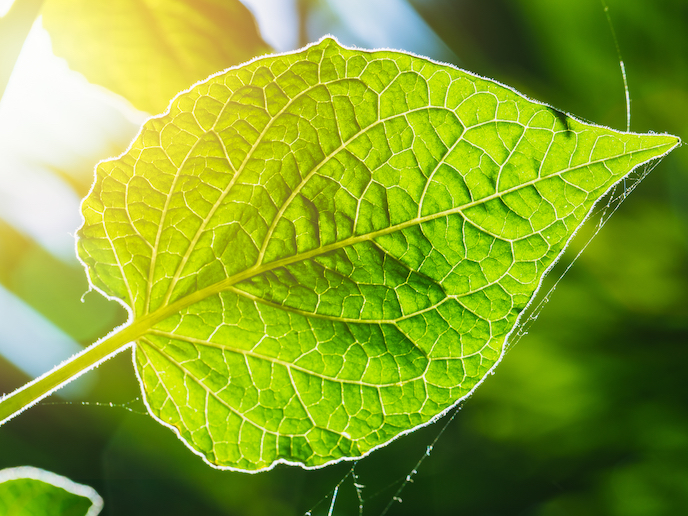More efficient photosynthesis for high-productivity plants
Like all living things on Earth, plants are equipped with just what they need to survive. No more, no less. This is true for the thorny cactus protecting itself from thirsty animals, and also for photosynthesis. While most plants use chlorophyll a to harvest abundant red light, they tend to leave other wavelengths underutilised or completely unused – just because they don’t need them. This simple observation – along with curiosity born in school, when he found out that all our food and energy was derived from photosynthesis to some extent – has led Dr Daniel Canniffe to dedicate his career to the mysteries of photosynthesis. Initially focusing on pathways for the biosynthesis of pigments including chlorophylls, haems and carotenoids, he then decided to try and create new pigments that don’t exist in nature. His objective: broadening the range of wavelengths available for photosynthesis. “Organisms that perform oxygenic photosynthesis use two pigment-protein complex ‘photosystems’ in series, but these two photosystems harvest the same wavelengths of light,” Dr Canniffe, supported by the Marie Skłodowska-Curie programme, explains. “If we could engineer one of the two photosystems to harvest a different range of the solar spectrum, they would stop competing for the same photons and the efficiency of light harvesting would almost double.” As more light harvesting means better yields, this resonates with the world’s need to double its crop yields by 2050, when there will be 9 billion people to feed. The EngiNear-IR project made considerable headway in this regard. Building upon Dr Canniffe’s successful engineering of photopigment biosynthesis in a bacterial host, the project aimed to incorporate these pigments into plants’ reaction centres, to create new photosystems capable of harnessing near-infrared regions of the solar spectrum. “Reaction centre structures from various types of photosynthetic organisms have already been solved to very high resolution. This made it possible to predict how easily different pigments would fit into the protein pockets filled by native pigments. It was then possible to rationally re-design these proteins, replacing amino acids, so that the new pockets reach the right size and shape. The DNA that will encode this re-designed protein can then be modified in the lab, or even ordered directly by a company that can synthesise DNA. This can be introduced directly into our model bacterial ‘photosynthesisers’,” Dr Canniffe enthuses. Among other things, Dr Canniffe was involved in the discovery of the enzyme that is responsible for the formation of chlorophyll f – the pigment that allows oxygenic photosynthesis to occur in far-red light – outside the visible range of the spectrum. He was also part of the team that solved the structure of the reaction centre of an organism that uses near-infrared radiation with a wavelength longer than 1 000 nm. This is the most extreme ‘red-shifted’ photosystem that has been discovered in nature, to the point where it can be considered to harvest heat rather than light. Eventually, EngiNear-IR research has the potential to yield new organisms for biotechnological applications. “Bacteria capable of harvesting more light may be able to remove more carbon dioxide from the atmosphere. They could use this fixed carbon to make sugars which can themselves be used to make high-value products, such as biofuels and medicines. Besides this, the improvement of photosynthesis in crop plants has the potential to increase crop yield and season length, and potentially permit agriculture closer to the poles,” Dr Canniffe explains. Although the project was completed in November 2018, Dr Canniffe promises that he and his collaborators still have some exciting results to publish.







